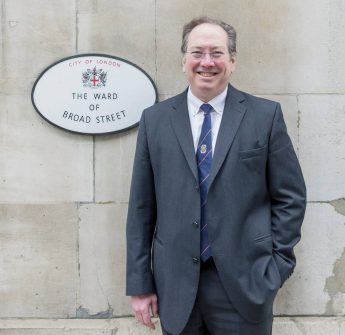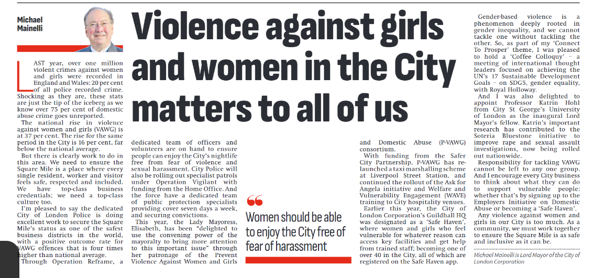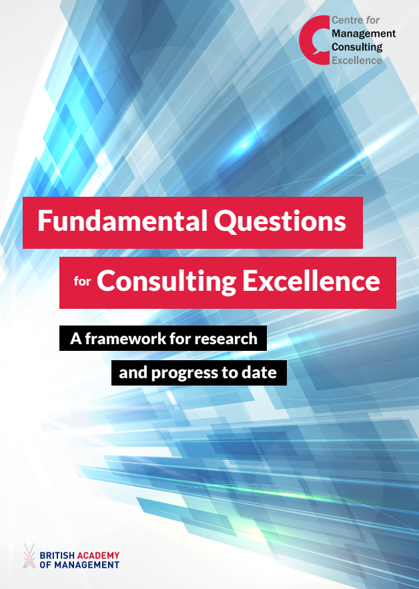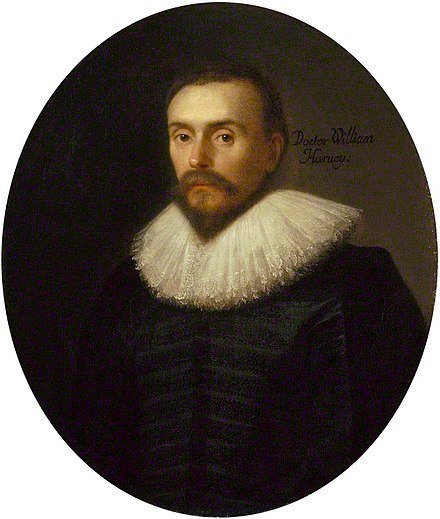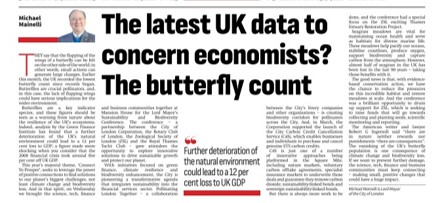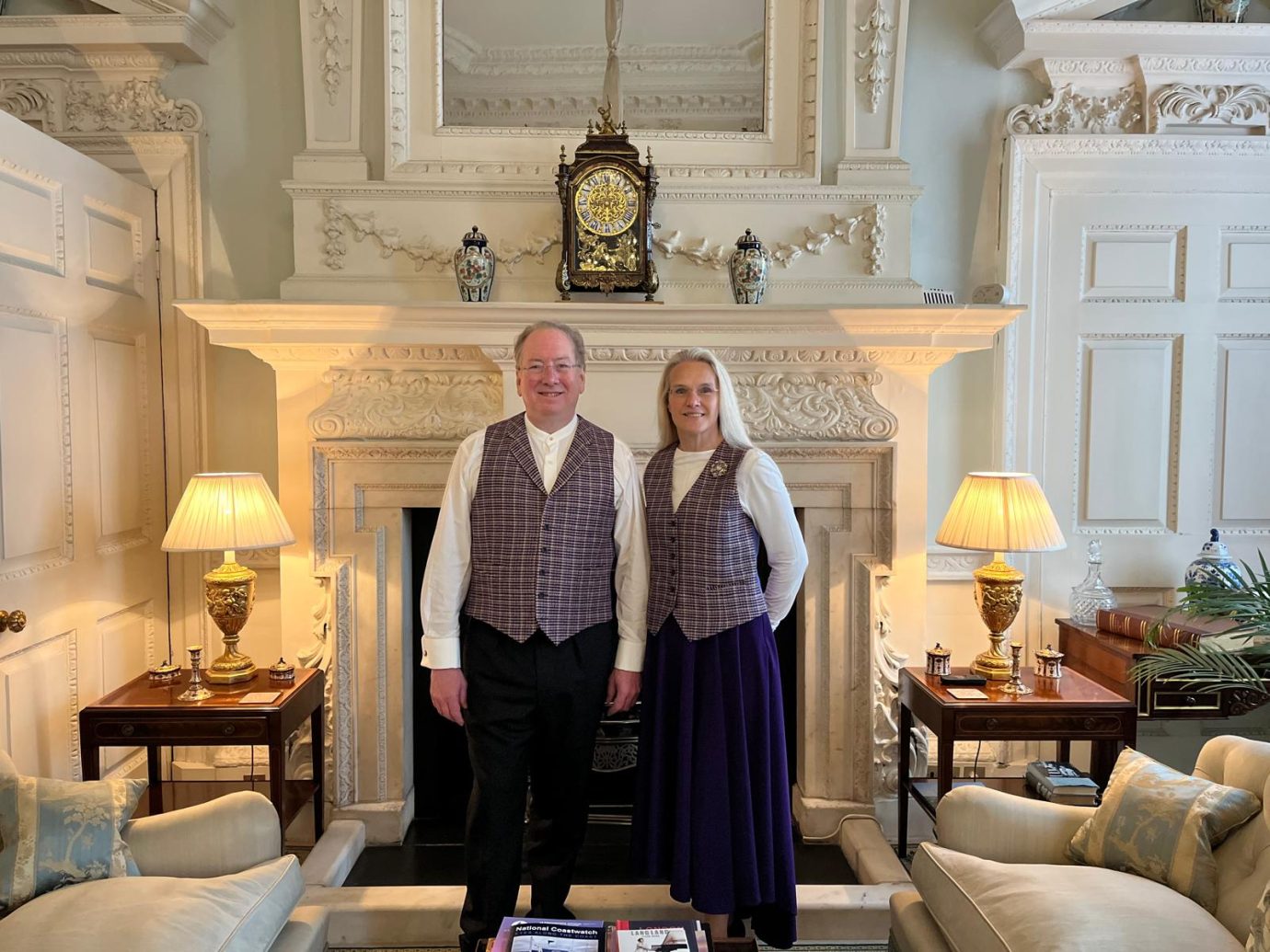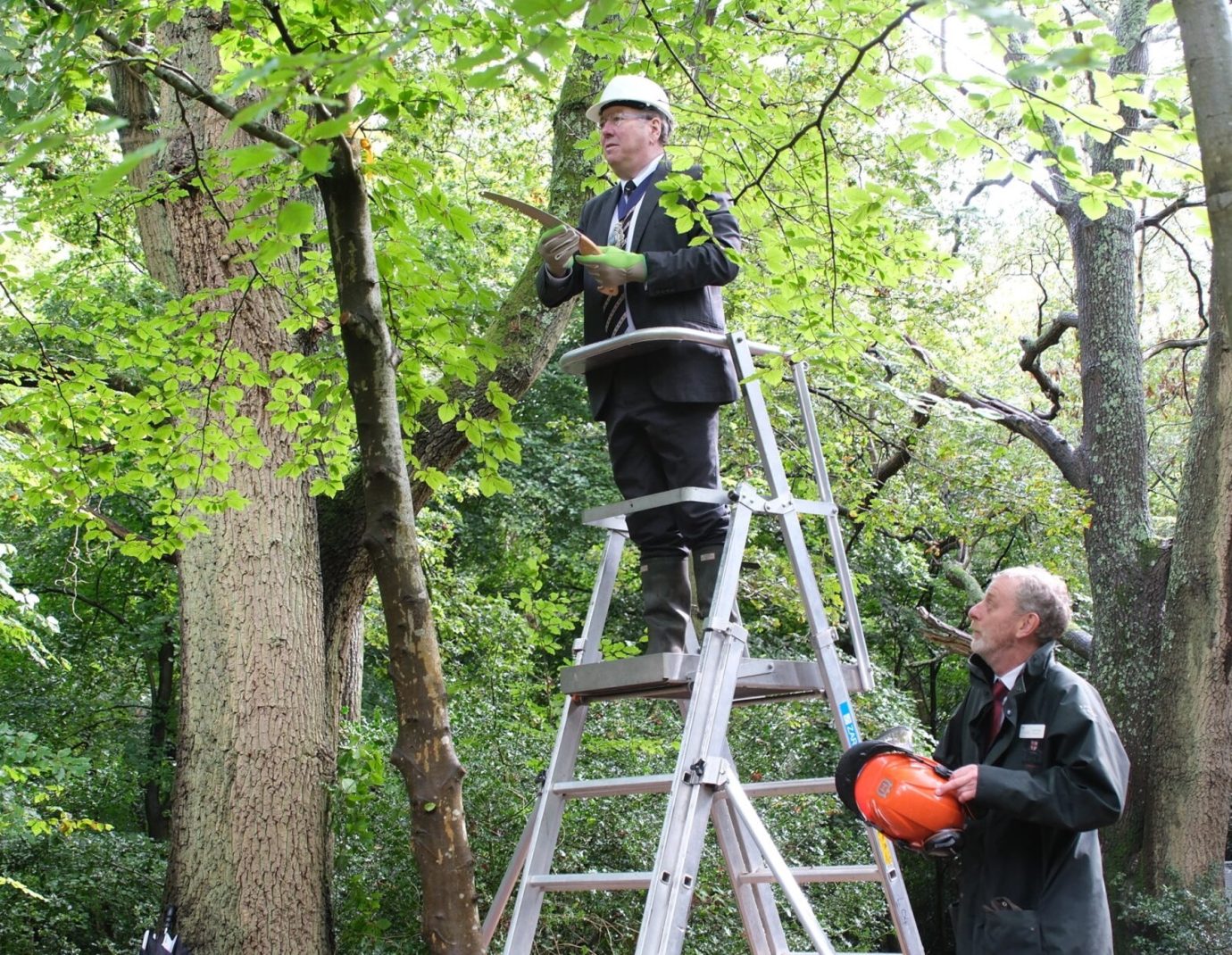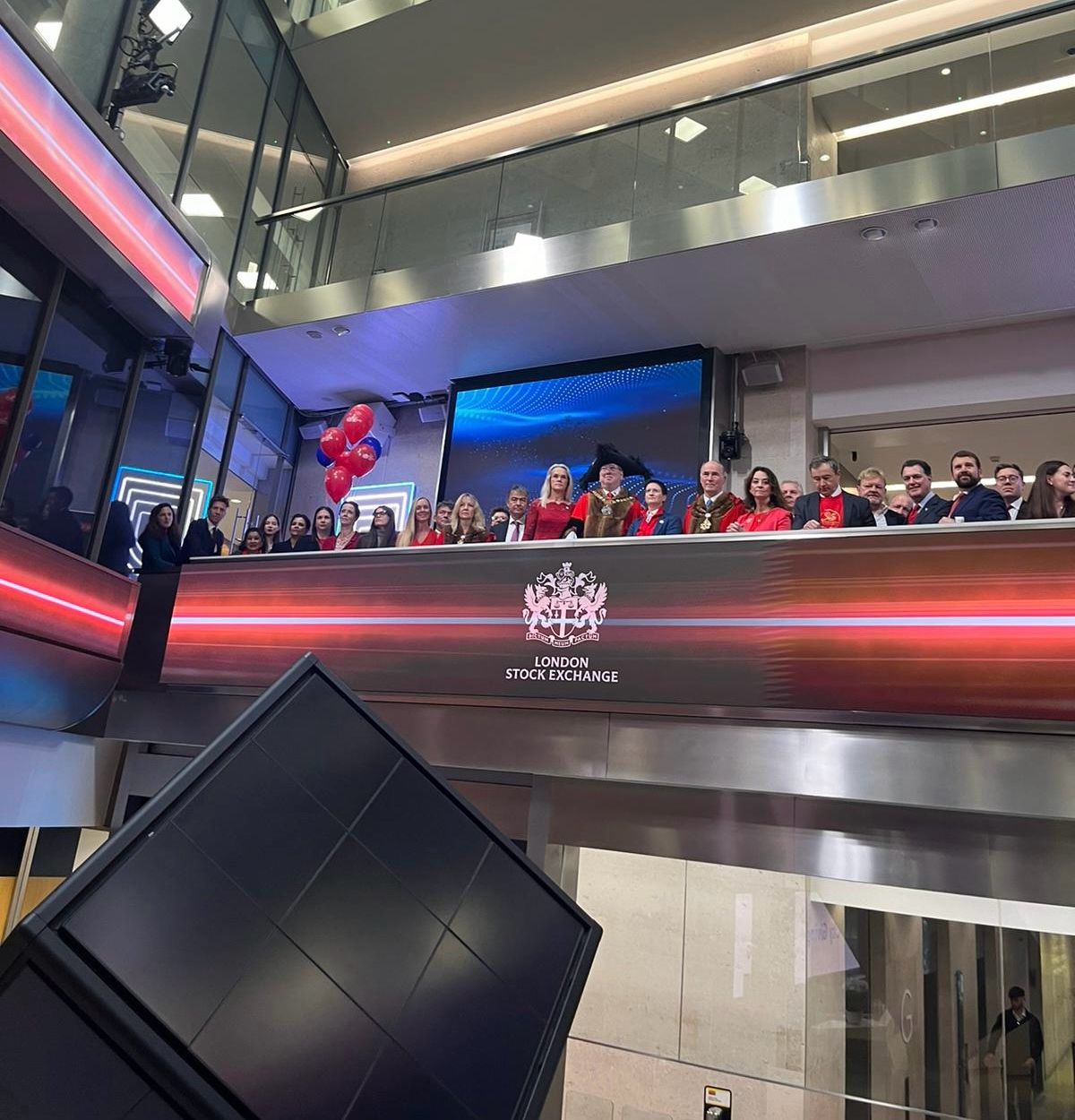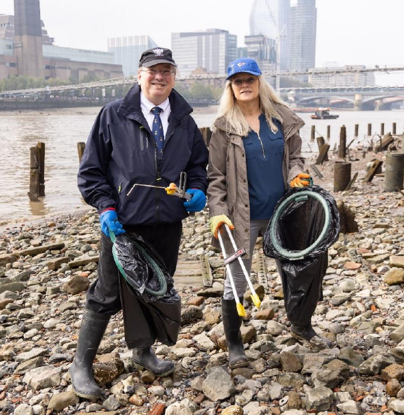“Violence against girls and women in the City is all of our business” – City AM
Continue readingQuestioning Hilbert’s Questions?
I was delighted with this month’s Centre for Management Consulting Excellence’s publication of “Fundamental Questions for Consulting Excellence: A framework for research and progress to date” in association with the British Academy of Management. I was pleased that we took an approach back in 2021 that riffed off of Hilbert’s Problems. In short, the important thing is to pose the questions.
In turn, this approach riffed off Long Finance’s Meta Commerce programme in 2007. Meta-Commerce too aims to identify and structure the critical questions underlying the long-term viability of the financial system.
Inspired by David Hilbert’s 23 questions project of 1900, the Meta-Commerce programme brings together financial experts across a range of disciplines with a view to producing a framework of questions in order to prioritise future research and direct action. Ideally this framework should take the form of a network of related questions, an ontology if you will.
By helping to identify a set of core questions that link economics, finance and society, and that need solving in order to have a working financial system, Meta-Commerce maps the road to Long Finance and contributes to its overarching goals – to expand frontiers, change systems, deliver services and build communities. Long may Hilbert’s formulation of an approach inspire as much questioning as his mathematical questions ultimately did.
Just what is a management consultant? According to the well-worn cliché, it’s someone who borrows your watch to tell you the time – and then charges you a premium for the service. Yet despite this apparent cynicism, there has been no shortage of people wanting to buy the services that management consultancies provide. According to figures from the Management Consultancies Association, the market in the UK alone is worth some £20 billion.
Alderman Professor Michael Mainelli, The Rt Hon The Lord Mayor
Yet this growth has come at a cost. Not only does management consultancy remain a mystery to many but there is a growing body of work out to burst the consulting bubble – with books such as The Big Con by Mariana Mazzucato and Rosie Collington accusing it of weakening businesses, governments and even whole economies. Add to this the disruptive impact of the latest AI-powered tools making much advice available for free, you don’t need to be a consultant to think that maybe consulting has a problem?
In 2021 I was asked to join the strategy development panel of the Centre for Management Consulting Excellence to help steer it through its next phase of growth. I felt that some of the questions the panel was asking were perennial ones around topics such as client relationships and ethics that the industry hadn’t really tackled. I suggested that these difficult questions were analogous to the 23 problems that David Hilbert convened leading mathematicians to address back in the early 1900s. Could we pose these questions and assemble some bright minds to address them?
I’m glad to say that CMCE has taken this idea and run with it, editing down the many questions
the panel and other experts came up with into five broad categories and then using these to inform their events and research reports. The result has been the Fundamental Questions for Consulting Excellence that form the basis for this update report.
Nine of Hilbert’s problems remain unsolved and I don’t anticipate these fundamental questions to be answered any time soon. In continuing to address them, and in laying out a framework for further investigation, CMCE has performed a valuable service to management consultants everywhere.
I commend this report you and urge you to debate, engage with, and generally help to progress them.
October 2024
William Harvey Day 2024 – Queen Mary, University of London; Barts Charity
William Harvey (1 April 1578 – 3 June 1657) was an English physician who made influential contributions in anatomy and physiology. The William Harvey Annual Review is a one-day internal conference that celebrates the most outstanding research activities within the Institute.
Continue reading“Paganini Non Ripete” – City Festival Of Music, Invention & Knowledge – 10 October till 24 October
“Paganini never repeats”, is a tribute to the maestro’s improvisation virtuosity, but also a good reminder that live performances are once in a lifetime. An enormous range of events from this year’s biggest City of London Festival are now available to book online – https://www.musicinoffices.com/cityfestival!
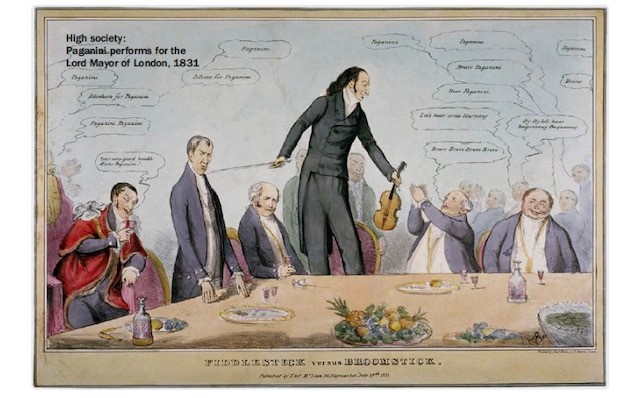
Measuring Up The Monument
Watch this space as we progress, but start with some BBC background, “The secret lab hidden inside a famous monument“, and some press “Could the Monument really be used to show the Earth revolves around the Sun?“.
We had a fantastic event at Guildhall Art Gallery sharing the results. Here’s the presentation:
Remarks to: “Measuring the Monument”, Guildhall Art Gallery, Thursday, 31 October 2024 by The Rt Hon The Lord Mayor of London Alderman Professor Michael Mainelli
“Fellow Alderman, ladies and gentlemen…
A very warm welcome to Guildhall, as we reveal the results of our Measuring the Monument experiment series. As the 695th Lord Mayor of the City of London – or, as I like to put it, the elected head of the world’s oldest democratic worker’s and residents’ cooperative. I am delighted to be joined by this team of scientists this evening, here in the City of London Corporation’s historic headquarters.
The theme of this mayoralty is Connect To Prosper, celebrating the many knowledge miles which flow through our Square Mile – the world’s coffee house. Over 40 learned societies, 70 higher education institutions, and 130 research institutes exist in and around the City of London, making this the world’s most successful concentration of interconnected knowledge networks – where science and finance meet to find and to fund the solutions to global challenges.
Do you know what Sir Isaac Newton – who spent many years in London as Warden of the Royal Mint – said when he was asked what was the greatest of his achievements? The discovery of gravity – he said it helped him keep his feet on the ground.
For Connect To Prosper, we have launched six initiatives:
1. The Ethical AI Initiative, using ISO standards – through the ethical AI course, the Walbrook AI Accord, and the Coffee House Consensus.
2. The Smart Economy Networks Initiative, using international X-Road standards for smart data.
3. The Constructing Science Initiative, for building life science laboratories.
4. The Sustainable Finance Initiative, reinforcing carbon markets.
5. GALENOS, accelerating global mental health research.
6. And the Space Protection Initiative, using space debris retrieval insurance bonds to deal with space junk and keep space clutter-free.
Which reminds me… scientists in space got so bored of watching the Earth rotate, that after 24 hours, they called it a day.
Science is a common thread running through our initiatives, and it is central to our success as a problem-solving centre, which is why we have run a series of scientific experiments this year, including the time dilation experiment at 22 Bishopsgate, a microplastics survey, a seagrass carbon sequestration study, a pollinator count … and – of course – Measuring The Monument.
The Monument is well known as a commemoration of the Great Fire. What is not always known by many of those who walk by on their way to work, or who climb its steps to enjoy the views over London, is that it was also designed as a scientific instrument.
The view at the top of the Monument is famous, but the view from the bottom, less so. Christopher Wren and Rober Hooke, both Fellows of the Royal Society, successfully persuaded the Court of Aldermen to pay to build a tower to commemorate the fire – rather than a simple plaque.
You could say the City Aldermen fell for it Hooke, line and sinker.
They designed the Monument as a giant zenith telescope, so that when the doors at the top were opened, an observer in the underground observation chamber at the base could measure the changes in position of the stars overhead throughout the year. For us on earth, it appears that the stars have moved – though of course, it is the earth that has moved around the sun – which is what Hooke and Wren were hoping to demonstrate.
Do you know how astronomers organise an experiment on that scale? They plan-et.
Unfortunately, their expensive giant telescope – provided courtesy of the City – didn’t seem to work, as Hooke was unable to measure a change in position in the star he chose – Gamma Draconis. Christopher Wren’s nephew, James Hodgson, blamed the bad vibrations from the traffic on Fleet Street.
We decided to deploy a team of experts, using modern technology, to investigate this 350-year-old mystery, asking:
- How big were the vibrations then?
- How big are the vibrations now?
- Was the traffic to blame?
- Can the Monument be used as a telescope?
On this Halloween evening, what would we be able to tell the ghosts of Christopher Wren and Robert Hooke if they were with us now? Tonight’s speakers will reveal the answers.
I would like to express my heartfelt thanks to the Measuring the Monument Working Group – from City St George’s, City Optotrech, Imetrum, and the University of Portsmouth – for making this experiment possible; and to the Worshipful Company of Scientific Instrument Makers for very generously supporting tonight’s event.
Now, it gives me great pleasure to hand over to Professor Philip Thomas, Immediate Past Master of the Scientific Instrument Makers.
T0 paraphrase Mr Spock, may you Connect and Prosper.
Thank you.”
Article: The latest UK data to concern economists? The butterfly count
Sheep Drive, Romney Sheep Drive
Romney Tweed, a Community Interest Company, was born out of a wish to promote both the Romney breed of sheep and the Romney Marsh area. I had the pleasure of driving Romneys over London Bridge in 2008 in the very first sheep drive event, organized by the Worshipful Company of World Traders.
Continue readingBurnham Beeches – “I’m a lumberjack…”
Burnham Beeches comprises 220 hectares (540 acres) of ancient woodland, heath, wood pasture and wetland. It is a Special Area of Conservation, a Site of Special Scientific Interest and a National Nature Reserve. Since 1879, it has been owned and maintained by the City of London Corporation as part of its portfolio of 11,000 acres of open spaces retained for public recreation and enjoyment across four counties in England. It welcomes over 600,000 visitors each year and its natural capital valued at £3.6m annually in public benefits. It operates as a registered charity, overseen by the City’s Epping Forest and Commons Committee.
Continue readingCity Giving, & Giving, & Giving … Day
What a day of celebration of how we can all support our fellow human beings. The day began early, as it has now for 11 years, with a start ringing the bell at the London Stock Exchange. Here’s a glimpse of some of the events that went on:
Continue readingThames Day
I had long lamented that we need to celebrate the Thames’ connection with the City forcibly each year as part of the Totally Thames Festival each September. We lit upon World Rivers Day, the fourth Sunday of every September as most appropriate, keeping our tradition yet celebrating with all the other cities of the world.
Continue reading